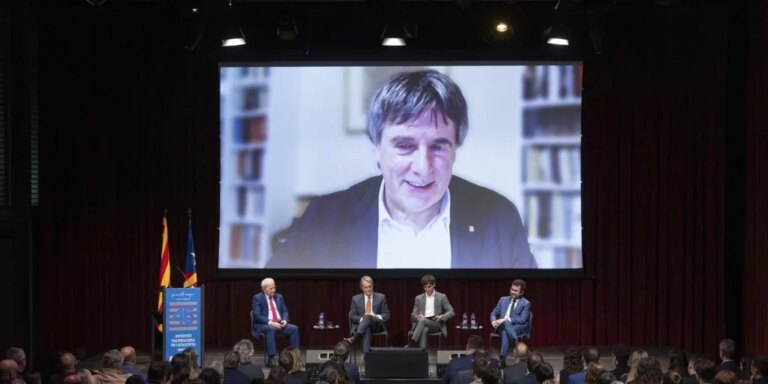
The Milan public prosecutor’s office this week opened an investigation into an Italian national suspected of paying to shoot civilians during the Sarajevo siege between 1993 and 1995. The complaint was filed by journalist Ezio Gavanezzi in August 2025 after being contacted by former mayor Benjamina Kalik. The lawsuit gained momentum after the documentary Sarajevo Safari.
According to Italian media, these “war tourists”, most of whom were wealthy, gun-loving far-right sympathizers, gathered in Trieste in northern Italy before being taken to the hills surrounding Sarajevo. They reportedly paid the equivalent of up to 100,000 euros (approximately 600,000 reais) per day to take part in the spooky “safari”. Il Giornaleannounced in July that an investigation had begun.
The investigation was prompted by a complaint filed by Italian journalist and author Ezio Gavanezzi, who was contacted in August 2025 by former Sarajevo mayor Benjamina Karic, who had already taken legal action in Bosnia in 2022 after the documentary was released. sarajevo safariwritten by Slovenian Milan Zupanic.
The majority of Italians
In an interview with La RepubblicaGavanezzi estimates that “at least 100” Italians were involved. Il Giornale This refers to a maximum of 200 people, including foreign nationals of other nationalities.
Caric took to Facebook on Tuesday (11th) to celebrate the start of the Italian investigation and publish the 2022 indictment. The document notes that members of the Republika Srpska army organized “excursions” for wealthy foreigners and allowed them to shoot Sarajevo civilians, including children, from military positions in the hills.
According to official statistics, Bosnian Serb forces killed 11,541 people and injured more than 50,000 during the siege of Sarajevo (1992-1996), the longest of modern wars.
The conflict began on April 6, 1992, when thousands of citizens from different communities gathered in front of the parliament to celebrate the international recognition of Bosnia and Herzegovina’s independence. It was on that day that the first sniper fired into the crowd, putting the city under siege. The siege finally ended in February 1996, two months after the Dayton Accords were signed in Paris on December 14 and 15, 1995.
The first two victims were Suad Delibegović and Olga Sučić, a young couple shot dead near the bridge over the Mijatka River, near the famous “sniper route”, now named after them.
In 2012, to mark the 20th anniversary of the siege, 11,541 red chairs were lined up in the city center in memory of the victims. This year, celebrations are muted and limited to a traditional ceremony at the Eternal Flame. The ceremony also commemorates the liberation of Sarajevo by Tito’s anti-fascist partisans on April 6, 1945.



